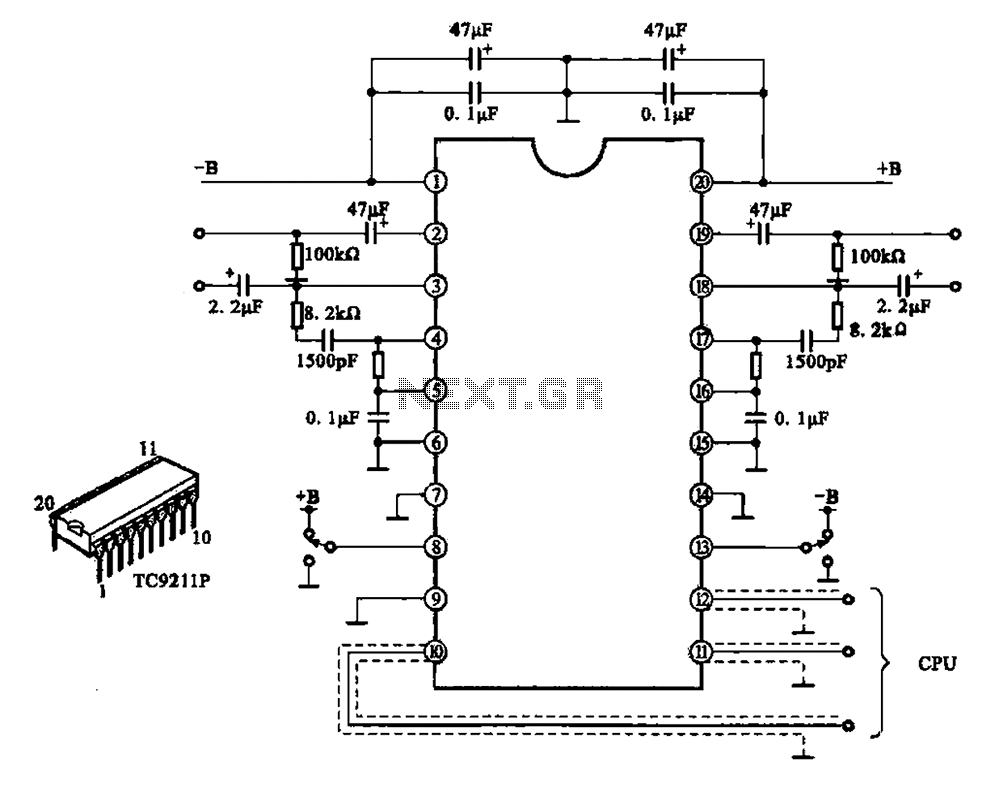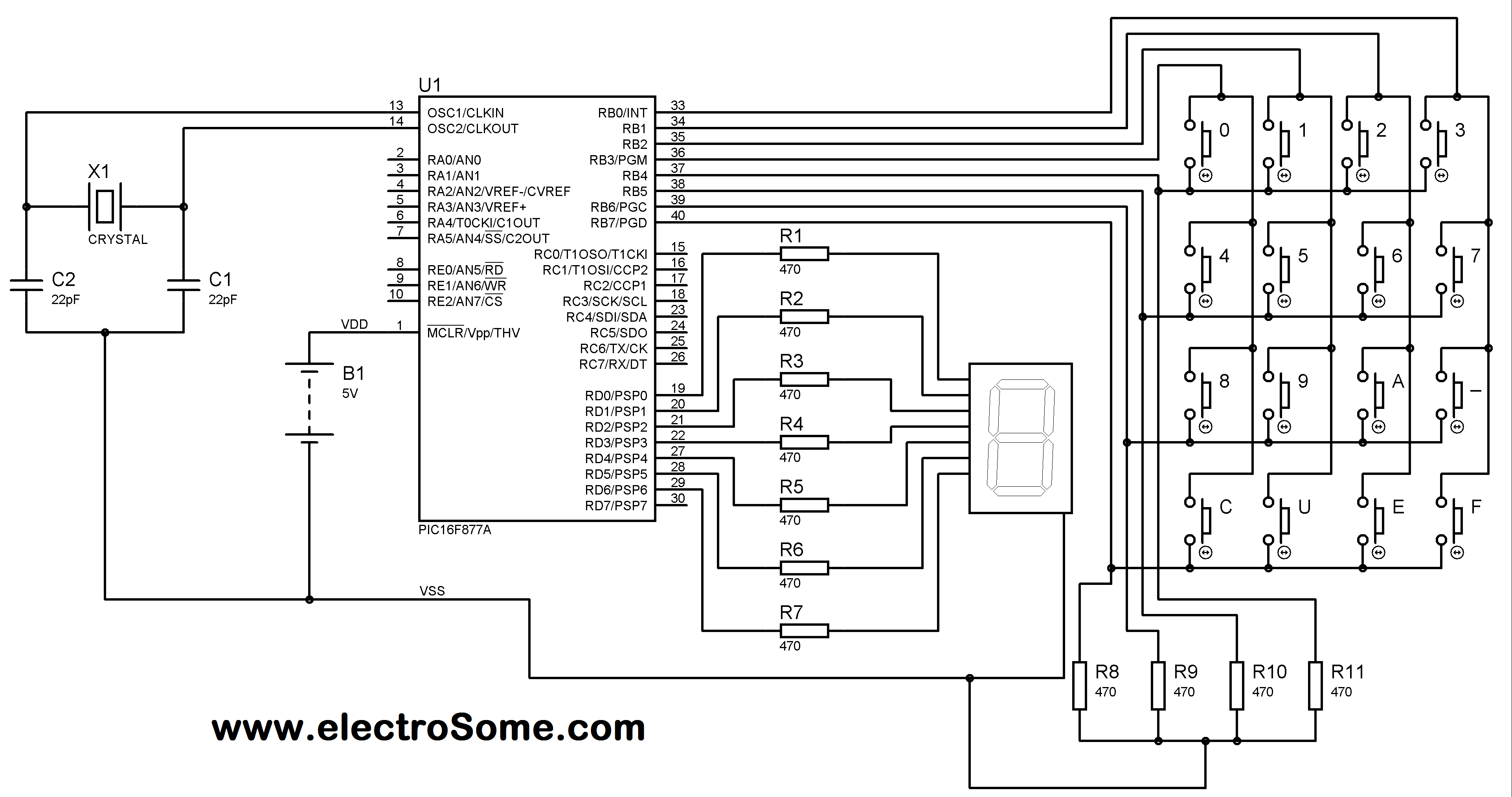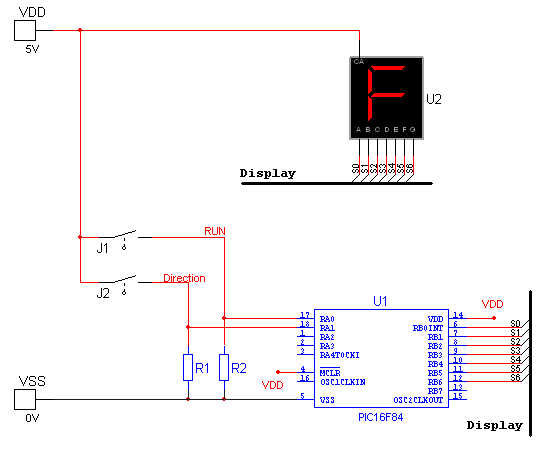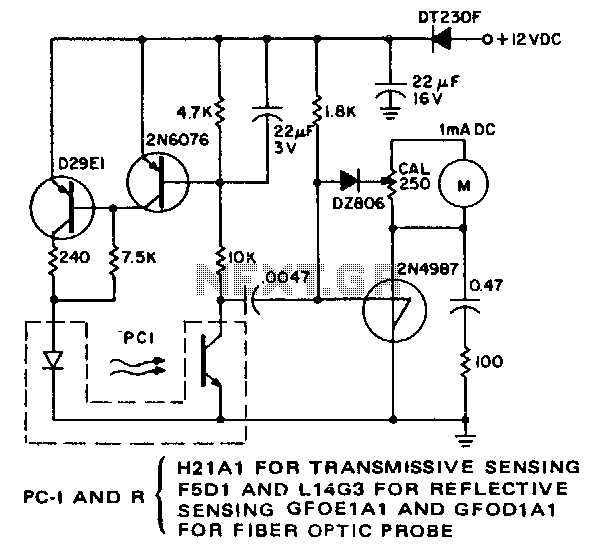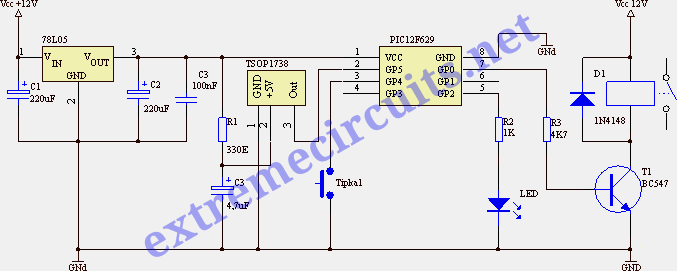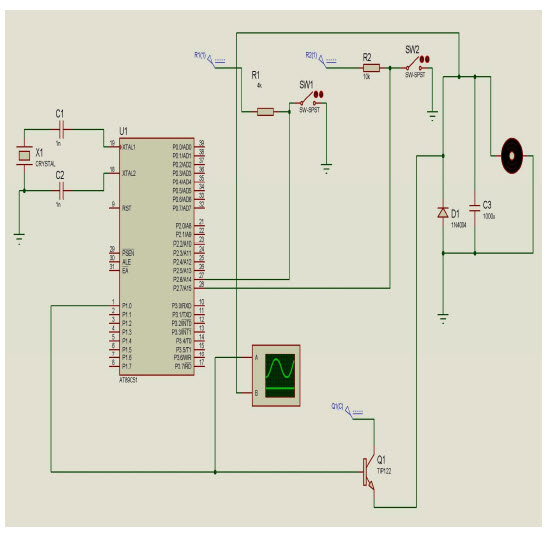
What is Microcontroller / PIC programer
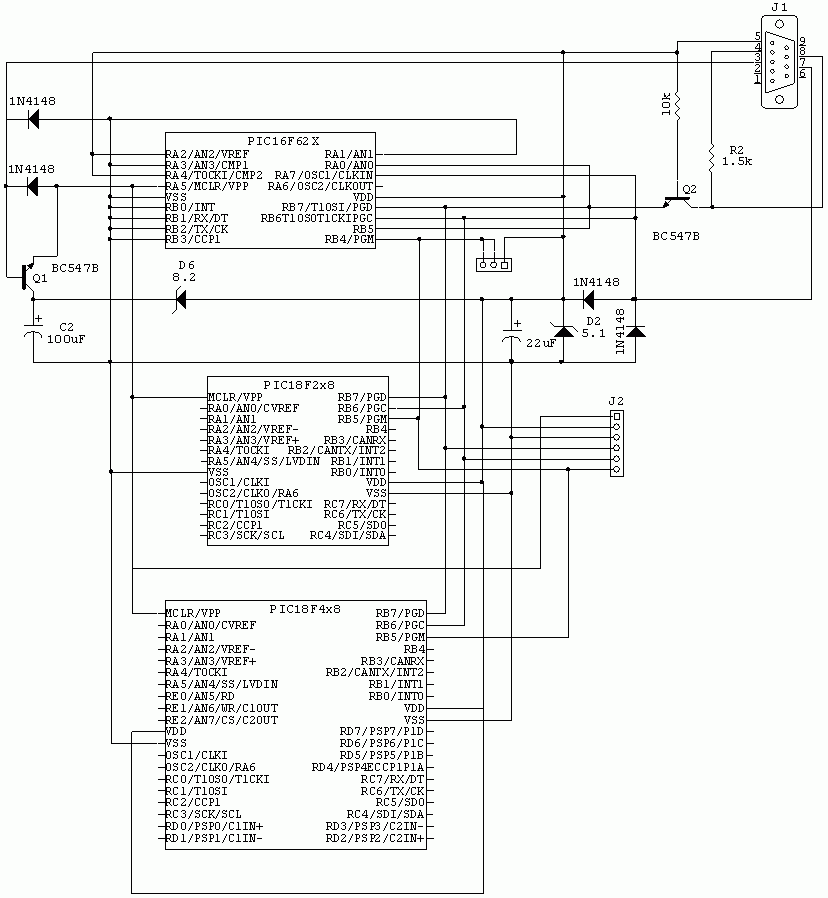
Instructions for constructing and utilizing a basic PIC programmer using readily available and inexpensive components. The total cost for building the programmer is under $1.50.
The simple PIC programmer is designed to facilitate the programming of PIC microcontrollers, which are widely used in various electronic applications. The circuit typically requires a minimal number of components, making it an economical choice for hobbyists and engineers alike.
Key components of the programmer include a USB interface for power and communication, a microcontroller socket for the target PIC device, and essential passive components such as resistors and capacitors. The programmer may also utilize a standard 16-pin ICSP (In-Circuit Serial Programming) connector, which allows for easy connection to the microcontroller.
The circuit operates by sending programming signals from a computer via the USB port to the PIC microcontroller. The programmer typically employs a simple transistor-based level shifter to ensure that the voltage levels are compatible between the USB interface and the PIC microcontroller, which may operate at different voltage levels, such as 5V or 3.3V.
For assembly, a printed circuit board (PCB) or a breadboard can be used to mount the components. The connections should be made according to a schematic diagram, ensuring that each component is placed correctly to avoid any potential damage to the microcontroller. Once assembled, the programmer can be connected to a computer running compatible programming software, allowing users to upload code to the PIC microcontroller.
This low-cost solution is ideal for educational purposes, prototyping, and hobby projects, offering a practical way to engage with microcontroller programming without significant investment. Proper attention to detail during assembly and testing will ensure the reliability and effectiveness of the PIC programmer.How to build and use simple PIC programmer with very easy to find and extremely low cost parts. Total cost to build programmer is less than 1.5USD.. 🔗 External reference
The simple PIC programmer is designed to facilitate the programming of PIC microcontrollers, which are widely used in various electronic applications. The circuit typically requires a minimal number of components, making it an economical choice for hobbyists and engineers alike.
Key components of the programmer include a USB interface for power and communication, a microcontroller socket for the target PIC device, and essential passive components such as resistors and capacitors. The programmer may also utilize a standard 16-pin ICSP (In-Circuit Serial Programming) connector, which allows for easy connection to the microcontroller.
The circuit operates by sending programming signals from a computer via the USB port to the PIC microcontroller. The programmer typically employs a simple transistor-based level shifter to ensure that the voltage levels are compatible between the USB interface and the PIC microcontroller, which may operate at different voltage levels, such as 5V or 3.3V.
For assembly, a printed circuit board (PCB) or a breadboard can be used to mount the components. The connections should be made according to a schematic diagram, ensuring that each component is placed correctly to avoid any potential damage to the microcontroller. Once assembled, the programmer can be connected to a computer running compatible programming software, allowing users to upload code to the PIC microcontroller.
This low-cost solution is ideal for educational purposes, prototyping, and hobby projects, offering a practical way to engage with microcontroller programming without significant investment. Proper attention to detail during assembly and testing will ensure the reliability and effectiveness of the PIC programmer.How to build and use simple PIC programmer with very easy to find and extremely low cost parts. Total cost to build programmer is less than 1.5USD.. 🔗 External reference
Warning: include(partials/cookie-banner.php): Failed to open stream: Permission denied in /var/www/html/nextgr/view-circuit.php on line 713
Warning: include(): Failed opening 'partials/cookie-banner.php' for inclusion (include_path='.:/usr/share/php') in /var/www/html/nextgr/view-circuit.php on line 713
